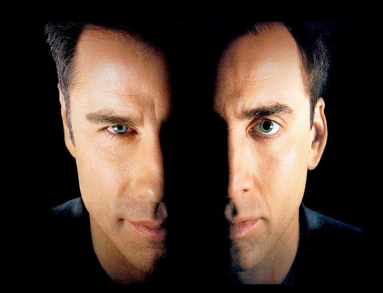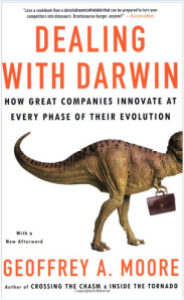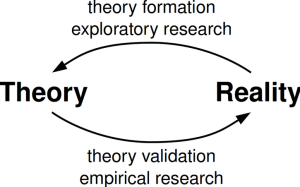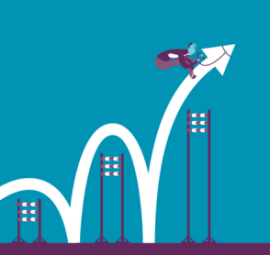Recognizing your type of innovation leader

Often innovation succeeds or fails by the personal involvement and engagement of a ‘selected’ few- they make it happen as they are the heavyweights that have the final say.
We all need to recognize the type of innovative leadership personality within our organization, the ones we are working for, as this might help you manage the innovation work a whole lot better and attract the resources you need.
So can you recognize the traits of your innovation leader?
Are they front-end or back-end innovation leaders? Here’s how you can begin to spot the difference.









